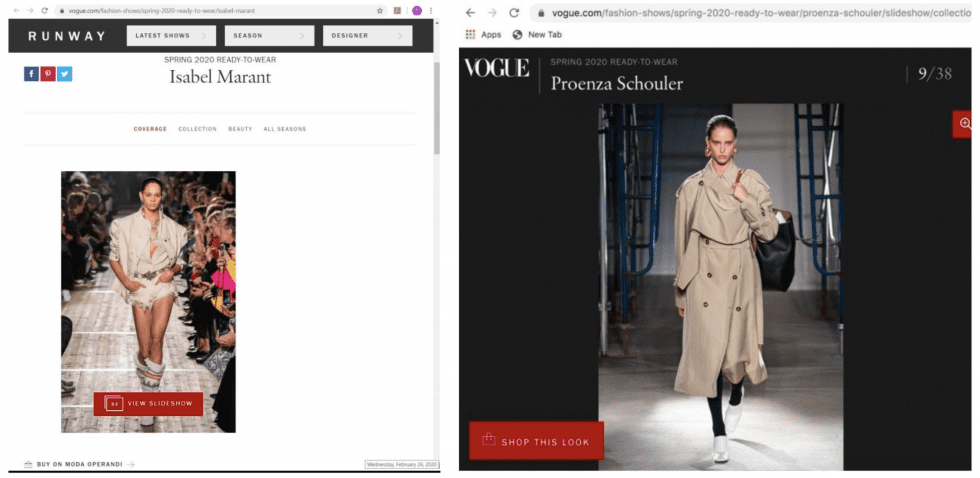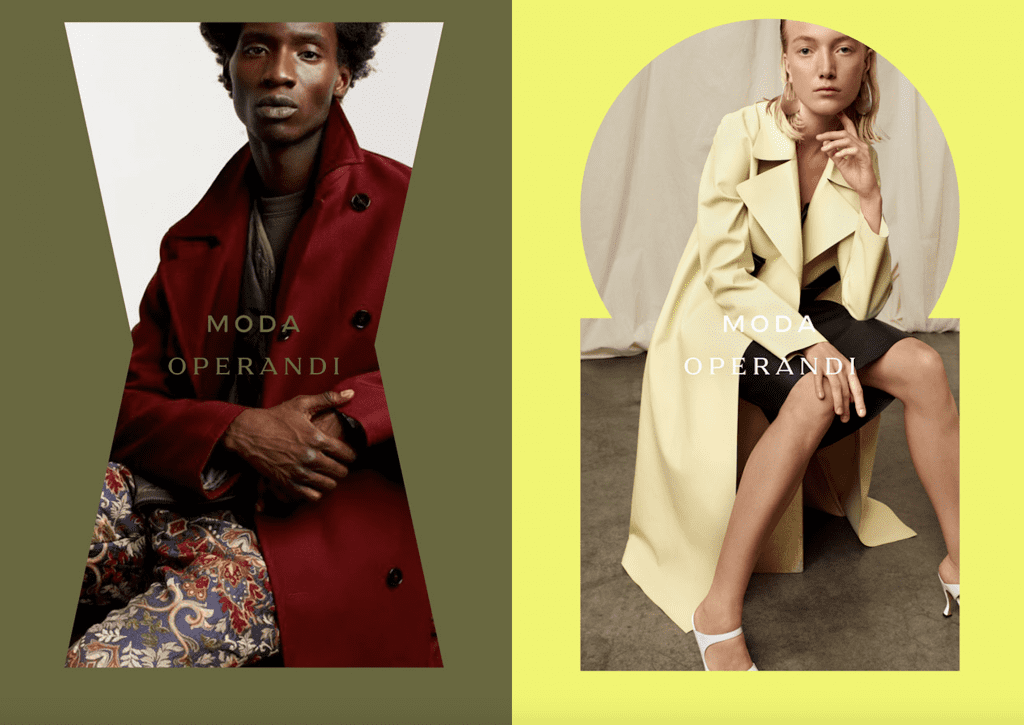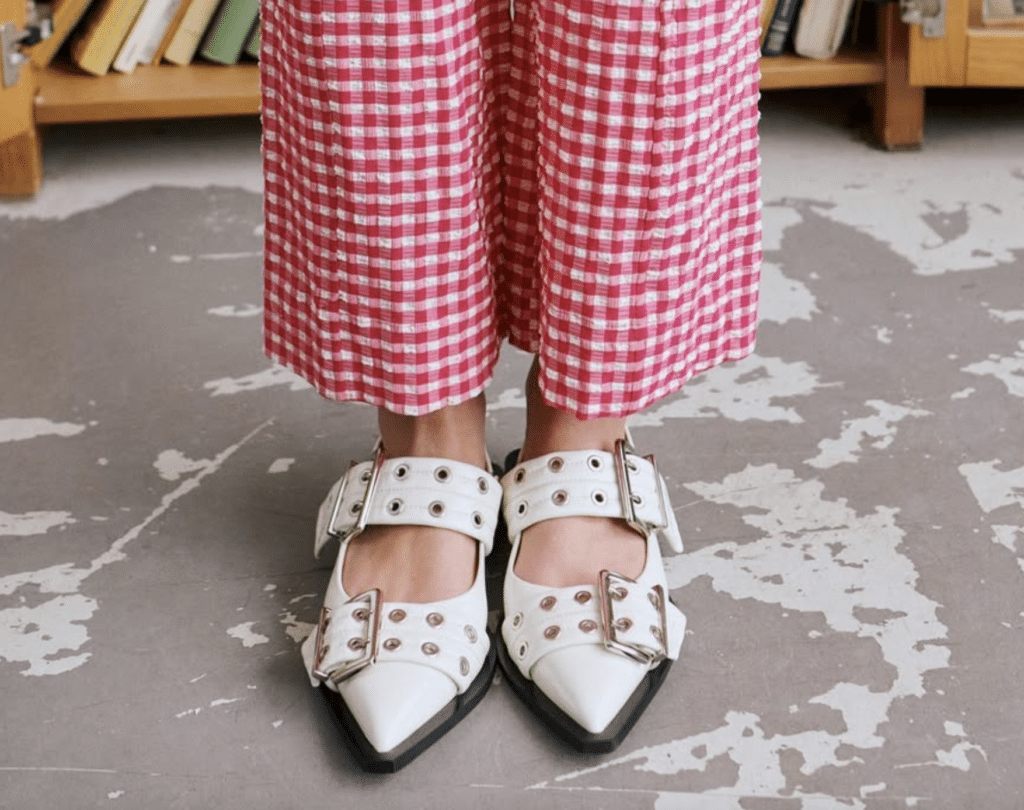Moda Operandi and a group of more than two dozen runway models have reached a settlement in a lawsuit that has pit them against one another for almost three years over the use of the models’ images. In a joint letter on July 31, as first reported by TFL, counsels for Moda Operandi and the models alerted Judge Colleen McMahon of the U.S. District Court for the Southern District of New York that Moda Operandi has entered into fully executed settlement agreements: One with a group of 27 model plaintiffs (not including plaintiff Grace Elizabeth Harry Cabe), and one with Cabe on her own. All parties expect to file stipulations of dismissal shortly, “once certain preconditions in the settlement agreements have been satisfied,” the parties told the judge on Monday.
The Background: The lawsuit got its start in September 2022 when a group of nearly 50 models sued Vogue’s parent company Condé Nast and fashion e-commerce site Moda Operandi for allegedly using images of them to sell high fashion garments and accessories without their permission. The models – who have appeared in dozens of ad campaigns and worked with the likes of Chanel, Dior, Louis Vuitton, Versace, Prada, and Lanvin, as well as Nike, Zara, H&M, Revlon, and Victoria’s Secret – claimed that both Moda Operandi and Vogue “broadly” used images of them despite knowing that their authorization was required.
Despite being “sophisticated licensors and licensees of intellectual property and knowing that a model release is required to use a person’s name or image or likeness for trade, advertising or commercial purposes,” the plaintiffs argued in their complaint that Moda Operandi and Vogue used their images on their respective websites. Specifically, Moda Operandi allegedly used images of them – from images and videos of them walking in runway shows to images of them backstage at runway shows – “to steer traffic to the modaoperandi.com website for its sole economic gain.” At the same time, the plaintiffs claimed that Vogue used photos of them on “ vogue.com to market, promote, advertise and solicit sales of products by Moda Operandi.”
For instance, Vogue “published images of the plaintiffs in its runway galleries with a red pop-up icon of a shopping bag on the of the images and the text ‘SHOP THIS LOOK,’” the plaintiffs stated. (At some point after the lawsuit was filed, this functionality was removed from the Vogue website.)

With the foregoing in mind, the 44 models, including Anok Yai, Abby Champion, Grace Elizabeth, Grace Hartzel, Linsiey Montero, Anna Cleveland, and Binx Walton, set out false endorsement claims under the Lanham Act and New York state right of publicity law claims. Condé and Moda Operandi responded with motions to dismiss in early 2021, with Condé arguing (in part) that it should be shielded by the First Amendment due to the editorial nature of its content. Meanwhile, Moda argued that the models failed to allege that “an appreciable number of … consumers, looking for or buying designer apparel on [its] e-commerce website, are likely to mistakenly believe that the plaintiffs endorsed or sponsored, or are associated with Moda or its goods.”
Fast forward to September 2021 and in a memo and order, Judge McMahon dismissed all of the models’ false endorsement claims against Condé, most of their false endorsement claims against Moda Operandi, and most of their right of publicity claims, as well. Among other things, the court held that the First Amendment barred the models’ false endorsement claims against Condé.
Relying on the Rogers test, the court stated that there was “no question that Vogue’s use of the photos, taken on the runway, in a summary document about the season’s new fashions intends an ‘artistic’ and non-commercial purpose,” and its use of the photos does not “explicitly mislead as to the source or content of the work.” As such, Condé’s use of the imagery “easily falls within the safe harbor of the Rogers test.”
While Condé fared well on the false endorsement front, the court refused to uniformly dismiss the same claims for Moda Operandi since the e-commerce retailer “displayed the runway pictures on its website for one reason only: to show off clothing it had for sale.” Nonetheless, the court held that a number of the models’ claims against Moda could be dismissed because images of some of the plaintiffs did not appear on its website and others were not readily unidentifiable in the images.
Turning to the New York state right of publicity causes of action, the claims that “this lawsuit is all about,” according to Judge McMahon, the court sided largely with Condé and Moda given that most of the models were not New York residents. This court was not swayed by the non-resident models’ argument that they should be able to make right of publicity claims in New York because they worked in the state.
As for why Moda is the only defendant involved in the settlement, the models voluntarily dismissed the not-already-dismissed claims against Condé – which was arguably the weaker of the two defendants in light of its ability to rely on the First Amendment and more specifically, the Rogers test to escape false endorsement claims – in July 2022 after reaching a confidential settlement with the publisher, which was first reported by TFL.
A quick Rogers recap: Given the prominence of cases like Bad Spaniels, MetaBirkins, and Vans v. MSCHF, in which Rogers played no small role, one would be forgiven for forgetting that Rogers played a part in this one, as well. The big takeaway from the Supreme Court’s opinion in Jack Daniel’s v. VIP Products case was that when a trademark is being used (in an unauthorized capacity) for source-identifying purposes, then Rogers does not apply. In Hermès v. Rothschild, while the court determined that Rogers was the appropriate test (despite Hermes’ claims to the contrary), the jury ultimately found that even under the Rogers standard, Hermès met its burden of establishing infringement. And still yet, in the Vans v. MSCHF case, which is awaiting a decision from the Second Circuit, MSCHF has argued that its Wavy Baby sneakers project “references Vans’ trademarks and trade dress in an artistic work in a manner that has artistic relevance to the work without being explicitly misleading” (those are the two Rogers factors) and thus, amounts to “an expression protected by the First Amendment.”
As for what can be gleaned from the case at hand, which comes amid “renewed judicial focus on the Rogers test and whether brand owners have a right to prevent uses that reference their brands,” as Baker McKenzie’s Pamela Church, Samuel Kramer, Joshua Wolkoff, and Inez Asante put it earlier this year, it may be a good reminder that uses that contain both commercial and expressive elements fit within the Rogers framework.
The case is Champion et al., v. Moda Operandi, Advance Publications d/b/a/ Conde Nast, 1:20-cv-07255 (SDNY).











